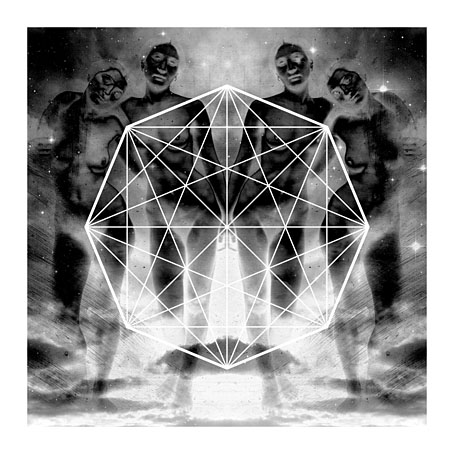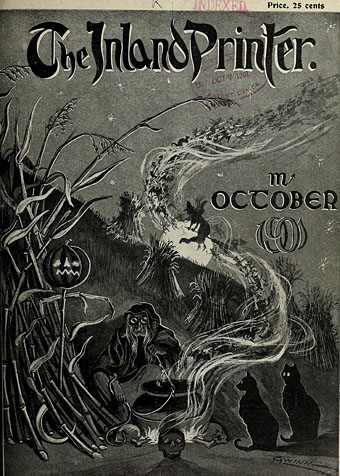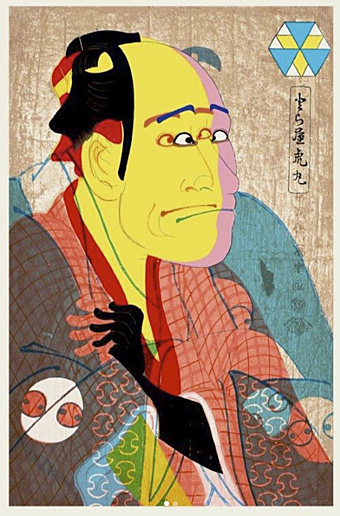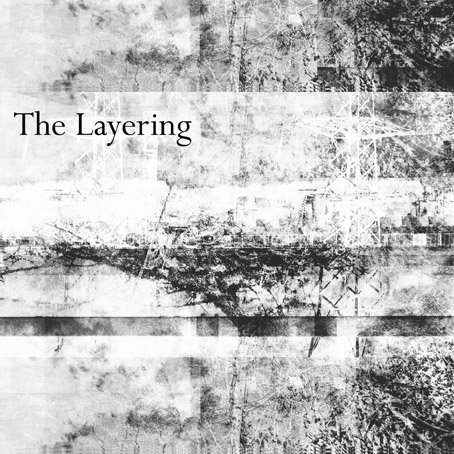Today is another Bandcamp Friday, meaning that Bandcamp artists receive 100% of the proceeds from their sales, so I’ll link to this latest release from Grey Frequency which was very generously sent to me earlier this week. (Thanks!) Empyrean/Ritual is a limited 7-inch single on Haemoccult whose sides examine “the tangled threads of magick and superstition which lie beneath the surface of our everyday modern lives.” Untangle the threads here, and check out the rest of the Grey Frequency catalogue while you’re there.
Tag: Grey Frequency
Weekend links 593
Cover art by Gwinn (?) for The Inland Printer, October 1901.
• The 50 British films that inspired a young Martin Scorsese. No Michael Powell (or Hitchcock, for that matter) but I think we’re supposed to take The Archers as a given. And he’s always had a commendable taste for British horror; few directors of Scorsese’s stature would put so many Hammer films and minor chillers on a list like this.
• New music: Grey Frequency return with Essentia, an album that explores “the connections and conflicts between internal and external worlds, and our sense of place and function in an unfathomable, transcendent universe”. Ideal Halloween listening, as is much of the Grey Frequency catalogue, especially Paranormal.
• “You don’t want to have a brilliant idea for a novel at the age of 87,” says Alan Garner. Justine Jordan reviews Treacle Walker, the novel in question, here.
In his gloomy tales, predominantly written in French, journalists disappear while hunting for esoteric secrets, ships sailing to mythic islands get lost in unreal waters, protagonists track down occult artefacts such as Dr Dee’s black spirit mirror, and the living wander down alleyways that lead to the hereafter. These are all unfaithfully retold in Ray’s uniquely arcane, often kaleidoscopic prose.
Robert Davidson on Belgian author Jean Ray
• “Poe brings forth, as if out of thin air, a grotesque world fully crystallized.” Sudipto Sanyal on you-know-who.
• At Bandcamp Ed Blair compiles a list of John Carpenter-like music beginning with an album from the man himself.
• At Wormwoodiana: Mark Valentine on the current condition of second-hand bookshops in Britain.
• Mix of the week: Samhain Séance 10: There and Back Again by The Ephemeral Man.
• At Dennis Cooper’s: Terence Hannum presents…Horror Soundtracks Day.
• No One Here Knows I’m a Vampire: A Spooky Matt Berry Reading List.
• New/old music: Aqua by Ryuichi Sakamoto.
• More dark arts at Unquiet Things.
• Treacle Toffee World (1968) by The Fire | Treacle People (1970) by UFO | Woodsmoke & Treacle (2010) by Moon Wiring Club
Weekend links 554
Tadanori Yokoo Emphasizes Deliberate Misalignment in Contemporary Woodblock Series.
• Another week, another Paris Review essay on Leonora Carrington. This time it’s Olga Tokarczuk exploring eccentricity as feminism. At the same publication there’s more eccentricity in Lucy Scholes‘ feature about the neglected novels of Irene Handl, a woman best known for the characters she played in many British films and TV dramas. I’ve long been curious about Handl’s writing career so this was good to see.
• “The denial of our participation in the world, [Fisher] implies—the disavowal of our desire for iPhones even as we diligently think anti-capitalist thoughts—is incapacitating. It leads to a regressive utopianism that cannot envision going through capitalism, but only retreating or escaping from it, into a primitive past or fictional future.” Lola Seaton on the ghosts of Mark Fisher.
• More ghosts: Paranormal is the latest collection of spooky, atmospheric electronica from Grey Frequency, “an audio document exploring extraordinary phenomena which have challenged orthodox science, but which have also grown and evolved as part of contemporary culture and a wider folkloric landscape.”
• “Items billed as THE BEST EVER can stop us cold, and even cause us to take them for granted, never reassessing them, as we instead gesture, often without thought, to where they sit in the corner, under a halo and backdrop of blue ribbons.” Colin Fleming on Miles Davis and Kind Of Blue.
• “Diaboliques and Psycho both achieve something very rare: a perfect plot twist but an unspoilable movie,” says Milan Terlunen.
• Richard Kirk returns once more as “Cabaret Voltaire” with a new recording, Billion Dollar.
• Even more Leonora Carrington: some of the cards from her Tarot deck.
• DJ Food on Zodiac Posters by Simboli Design, 1969.
• Kodak Ghosts (1970) by Michael Chapman | Plight (The Spiralling Of Winter Ghosts) (1988) by David Sylvian & Holger Czukay | The Ghosts Of Animals (1995) by Paul Schütze
The Layering
In Alan Moore’s recent novel, Jerusalem, the ghosts of Northampton travel to different ages of the town by pulling up the concentrated layers of time which they peel back like the pages of a book. The passage of time as an accumulation of layers was materially evident in 18th-century Rome even before geology became an established science. Piranesi’s most popular series of prints, the Vedute di Roma, show how centuries of wind-blown dust and soil had raised the level of the city several feet above its ancient ruins. Before antiquarians began to remove the soil the city was a place of curious juxtapositions, with truncated Corinthian columns growing from the earth, surrounded by—or even forming part of the structure of—the rougher buildings where contemporary Roman citizens were living or sheltering their livestock.
Layers of time and history are the subject of the new compilation from A Year In The Country:
The album explores the way that places are literally layered with history, and is an audio slicing through the layers of time. It journeys amongst the stories and characters of these layers, including, amongst other aspects, the structures built, events which took place and different era’s technologies and belief systems.
Such layering can go far back into pre-recorded history. Much of the earth is thought to have once been underwater, and it is likely that the majority of cities, towns and villages are built in former ocean areas. Current land masses have come to be formed, in part, through a layering of past marine, other life and plants, which in turn are then quarried or mined, subsequently being used to create the infrastructure of contemporary civilisation, and creating something of a cyclical, time-out-of-joint nature to the layers of time.
Track list:
1) A Year In The Country — Cross Sections Of Time
2) Circle/Temple — The Hollow Stream Buried
3) The Heartwood Institute — Beneath The City Streets
4) Sproatly Smith — Chapel Still Stands
5) Field Lines Cartographer — Layers Of Belief
6) Howlround — A Heart Shaped Forest
7) Folclore Impressionista — The Problem Of Symmetry
8) Handspan — At The End Of The Aerial Flight
9) Widow’s Weeds — Gilmerton Cove
10) Listening Center — Wattle And Daub Office Blocks
11) Vic Mars — Once There Were Houses
12) Pulselovers — Brodsworth
13) Grey Frequency — Tigguo Cobauc
As with some of the earlier releases in this series, the accompanying notes are essential to flesh out the substance of the instrumentals; so The Hollow Stream Buried follows Coil in charting the lost rivers of London, Tigguo Cobauc deals with the labyrinth of caves under the city of Nottingham, Chapel Still Stands concerns a place of worship marooned inside an industrial estate, and so on. Without a description, Howlround’s evocation of a Cumbrian landmark might be another example of stone-tape clairaudience. The tape distortions, however, turn out to be the tape feedback playing itself; if there are any ghosts here their origin is presumably rural, not mineral. Handspan combine a traditional tune from the North-East of England with outdoor percussion, a piece whose jauntiness is undermined (somewhat literally) by thoughts of the collieries of Northumberland and the “aerial flight” itself, the cable conveyor at Blackhall Rocks that makes such a memorable backdrop to the final scenes of Get Carter (1971). Relying on notes in this manner may seem like a flawed approach but it’s the nature of all programme music to be accompanied by some kind of description. Several of the more ambient pieces aren’t too far removed from Brian Eno’s On Land, an album that also concerns itself with place and memory, and which contains its own lengthy contextualising note. Delve beneath the layers here.
Previously on { feuilleton }
• The Quietened Journey
• Echoes And Reverberations
• The Watchers
• The Corn Mother
• The Quietened Mechanisms
• The Shildam Hall Tapes
• Audio Albion
• A Year In The Country: the book
• All The Merry Year Round
• The Quietened Cosmologists
• Undercurrents
• From The Furthest Signals
• The Restless Field
• The Marks Upon The Land
• The Forest / The Wald
• The Quietened Bunker
• Fractures
The Quietened Journey
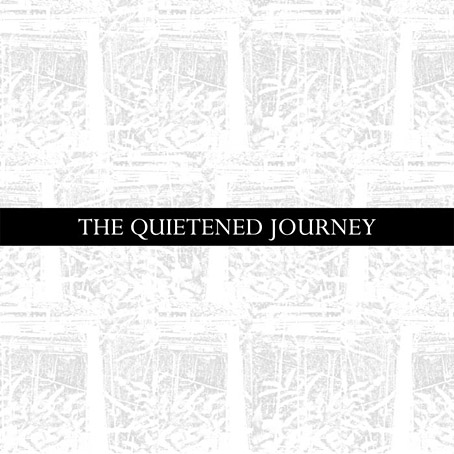
Britain’s Labour government of the 1960s achieved a great deal with its social reforms, but the shrinking of the nation’s railway network—the so-called Beeching Cuts—was a serious mis-step, and one whose repercussions have lasted to the present day. Bus services intended to replace the rail service were less efficient than the trains they were replacing, or else they failed to materialise at all; commuters forced into cars didn’t divide their journeys as intended but switched to using their cars for the entire journey; and many of the smaller branch lines which were closed after being deemed inefficient left isolated communities without any form of public transport at all. I’m just old enough to remember a train journey in 1967 which ended at one of the branch line stations shortly before it was closed. The line itself continued to be used but only by trains taking goods to and from a chemical works that in later years always seemed irredeemably menacing, like the food production plant in Quatermass II.
The derelict lines and stations that littered the countryside following the Beeching Cuts form the subject of the final themed compilation being released this year by A Year In The Country:
The album is an exploration of abandoned and former railways, railway stations and roads, a reflection on them as locations filled with the history, ghosts and spectres of once busy vibrant times—the journeys taken via them, the stories of the lives of those who travelled, built and worked on them.
Nature is slowly reclaiming, or has already reclaimed, much of this infrastructure, with these testaments to industry and “the age of the train” being often left to quietly crumble and decay.
The Quietened Journey is both a celebration and a lament for these now faded links across the land, of the grand dreams and determination which created them and their layered histories that—as these asphalt ribbons, steel lines and stone built roads once prominently were—are threaded throughout the twentieth century and even back to Roman times.
Track list:
1) Pulselovers—Woodford Halse To Fenny Compton In Five Minutes
2) Sproatly Smith—The 19.48 From Fawley
3) The Séance—Elm Grove Portal
4) Widow’s Weeds—The Ghosts Of Salzcraggie
5) The Heartwood Institute—The Solway Viaduct
6) Depatterning—The Beets At Wellington Bridge
7) Howlround—Thrown Open Wide
8) A Year In The Country—Silent Treasure
9) Field Lines Cartographer—Ghosts Of The Wires
10) Dom Cooper and Zosia Sztykowski—Summonings
11) Keith Seatman—Along The Valley Sidings
12) Grey Frequency—An Empty Platform
The train theme is rendered immediately apparent by the opening piece from Pulselovers, a chugging electronic rhythm which suggests a network still full of life and energy. After this the mood quickly darkens, and we’re left on the platform of a station like the haunted one in Sapphire and Steel, with the sun going down and only the ghosts for company. This is another impressively strong collection, ranging from the wistful memorialising of The Ghosts of Salzcraggie by Widow’s Weeds, and A Year In The Country’s hissing roadway, to Howlaround’s Thrown Open Wide, an eruption of noise prompted, he says, by the rebellion of his machines. The machinery of the railway returns to life on Keith Seatman’s Along The Valley Sidings, another synthesised train journey, before we find ourselves on Grey Frequency’s empty platform. The Quietened Journey is a welcome exploration of a feature of the British landscape which has been given surprisingly little attention, and which is now disappearing altogether. The last train will be departing soon.
Previously on { feuilleton }
• Echoes And Reverberations
• The Watchers
• The Corn Mother
• The Quietened Mechanisms
• The Shildam Hall Tapes
• Audio Albion
• A Year In The Country: the book
• All The Merry Year Round
• The Quietened Cosmologists
• Undercurrents
• From The Furthest Signals
• The Restless Field
• The Marks Upon The Land
• The Forest / The Wald
• The Quietened Bunker
• Fractures

